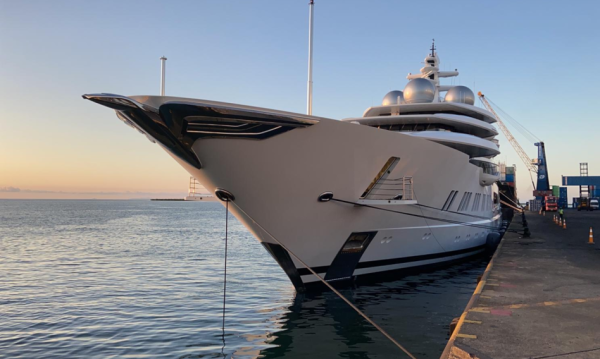The $300 million Amadea, a luxury yacht confiscated from Russian oligarch Suleiman Kerimov by US authorities, will be auctioned, the auction website announced. The proceeds will go to Ukraine.

Bids can be submitted until September 10, and the minimum deposit is $10 million.
The yacht is 106 meters long and has eight luxurious cabins for 16 passengers. It is equipped with a swimming pool, jacuzzi, helipad, and gym.
Advertisement See also: Hungry for profit? We serve hot companies on a virtual plate. Dessert? Real prizes!
Amadea was confiscated in Fiji at the request of the US justice system and later extradited to the US. She is currently located in San Diego, California.
The yacht’s alleged owner, billionaire Suleiman Kerimov, was one of the Russian oligarchs targeted by the US and EU sanctions following Russia’s invasion of Ukraine in 2022.

In 2024, the US Congress passed a law authorizing the auctioning of assets confiscated from Russian oligarchs for Ukraine. (PAP)
mw/ ap/